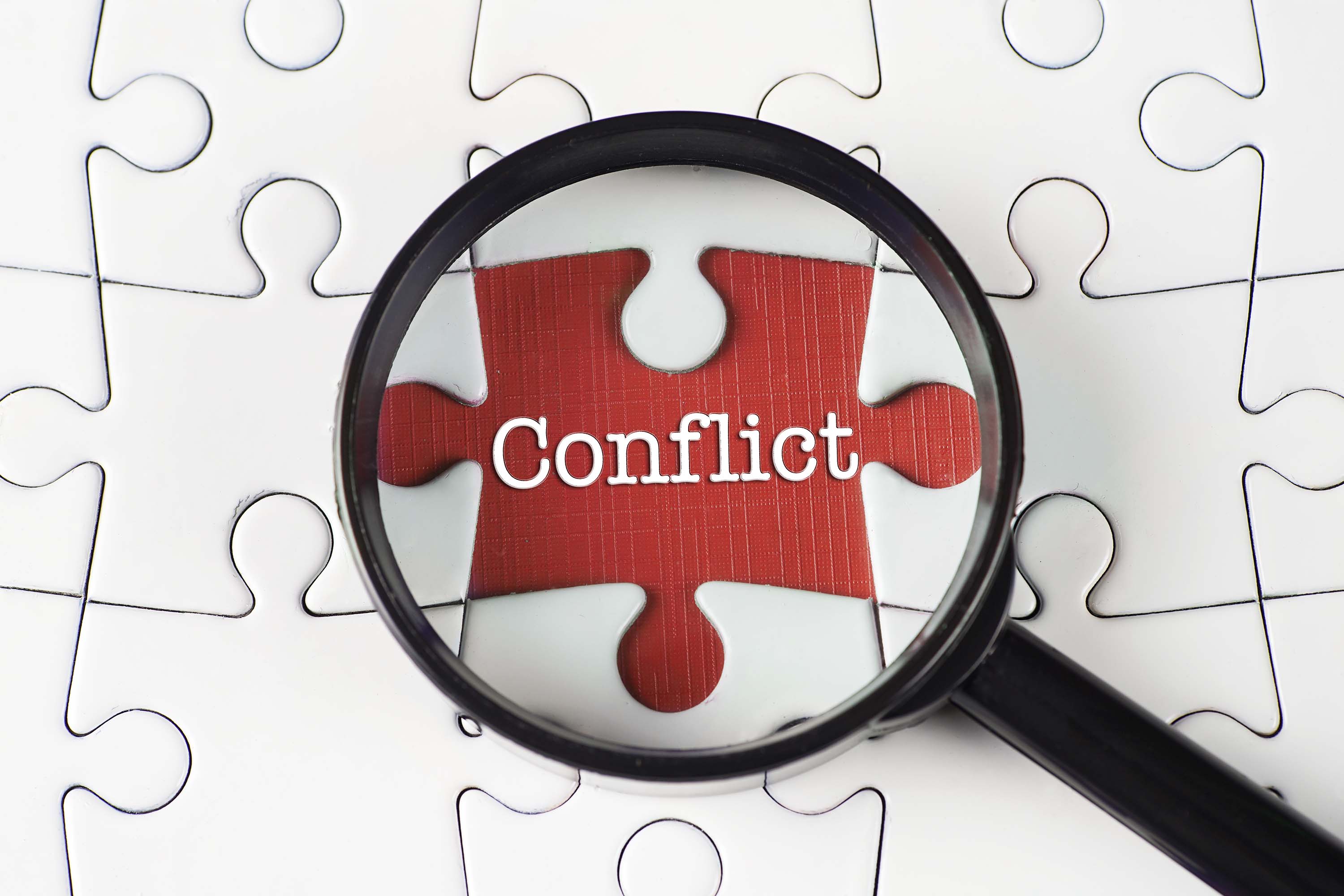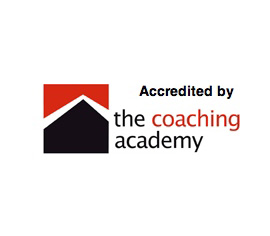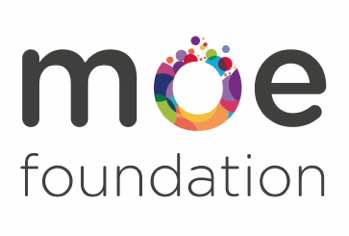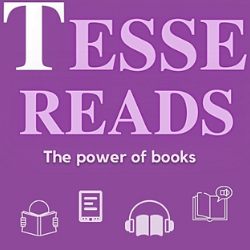The Culture of Conflict – Part 2

Bridging those really sticky situations
We have two ears and one mouth. In listening well we can build stronger, sustainable and healthier relationships. Why listening can be more tiring than talking?
Even positive and constructive relationships can be riddled by tension and conflict. These can be interpersonal, indicative of systemic, structural, cultural difficulties or a combination of these issues. In case you missed it – check out Part 1 of the Culture of Conflict to further understand this culture.
Nine Steps you can take to tackle conflict
1. Identify the dynamics of problems before engaging in taking action. This involves uncovering the underlying problems. These are often different from how the situation may present itself or the symptoms you see. What are the root causes of the difficulty? Where do the pressure points lie ? Why are people arguing?
2. Focus on the past in a healthy way. How can the past change your perception of current events? What changes as a result of understanding the context of what went before?
3. Journey towards restoration and healing . As tempting as it may be, don’t put a bandage on an infected wound. It will only worsen it. Deal with the wound. What steps can you and others take to repair the broken places? Are people involved willing and committed to work through the wounded past? There can be no healing without a measure of acknowledgement that something is wrong in the first place.
4. Find ways of having those difficult conversations. How can everyone feel heard and even better understood? Practical tools like appreciative enquiry or compassionate communication can get to the root of needs that are not being met and surface what individuals involved would like to occur instead.
5. Offer a respectful response. Go for win-win solutions. Even if you think you are in the right, it pays to plead your case in a respectful way and respond to situations that affect you respectively.
6. Increase your effectiveness as an influencer and change maker. Employ appropriate approaches to resolving messy and sticky solutions. Become the’ go to’ leader for influence and impact. The prescription may be a good dose of common sense, calmness, empathy , compassion, insight and wisdom.
7. Get the right support. Involve the right people and as much as possible arm yourself with the resources you need to be effective and efficient in your quest.
8. Take time out where needed . A cooling off period can put things in perspective.
9. Lastly never engage in an argument when you are hungry or tired. It rarely goes well. Eat first and rest. Get to a calmer place for yourself that offers a balanced view. Operating from that space and place can be more effective and lead to a more amicable outcome.
Useful resource Robert Waldinger: What makes a good life? Lessons from the longest study in happiness (TED talk)







Comments are closed.